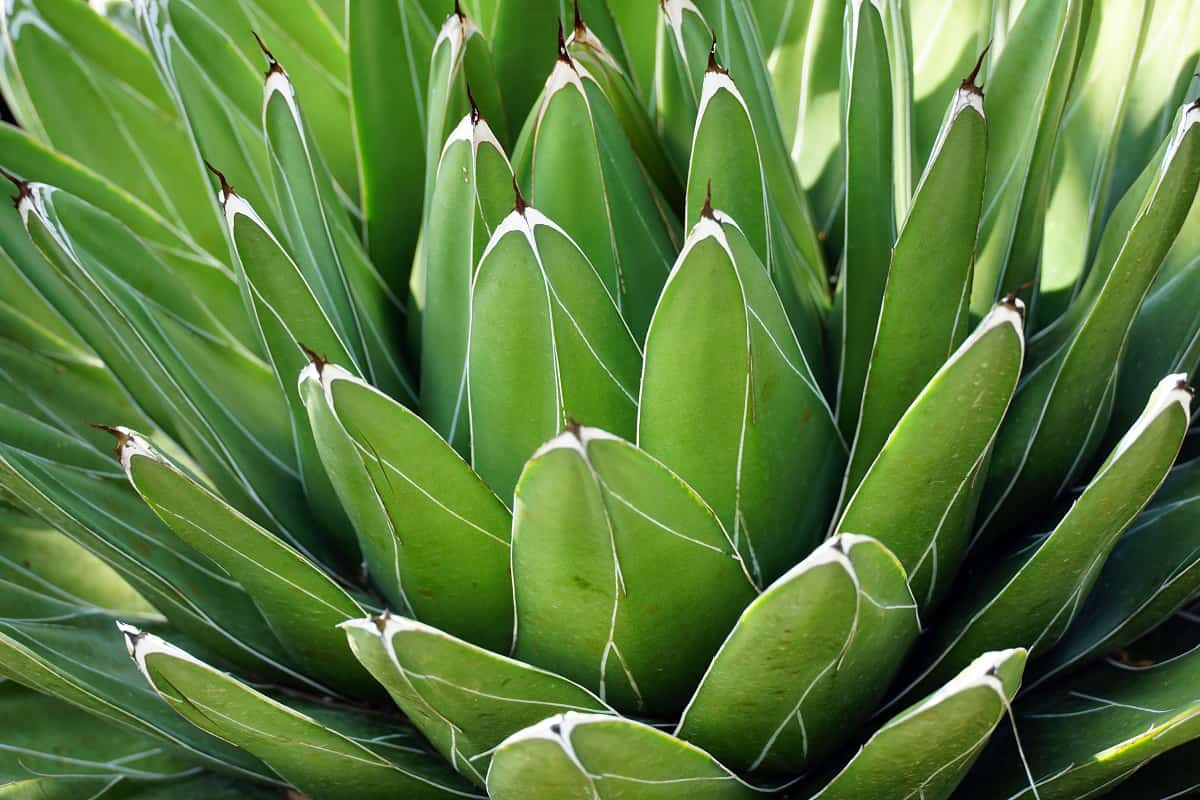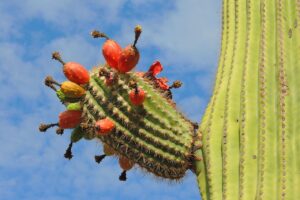Agave plants are fascinating succulents that have captured the interest of gardeners and landscaping enthusiasts alike. Their unique rosette form, spiky leaves, and striking appearance make them highly desirable for arid landscapes, patio gardens, and even indoor settings. However, one of the common questions that arise among gardeners is, “How fast does agave grow?” This article aims to provide comprehensive insights into the growth rates of agave plants, as well as the conditions and care they require to flourish.
Understanding the growth rate of agave is multifaceted. It varies significantly based on species, environmental factors, and cultivation methods. Agave species, often referred to as century plants, can be slow or moderately fast-growing, and understanding the nuances of their growth conditions can yield successful results for any gardener.
First, let’s delve into the types of agave and their varying growth rates. While some species can take several years to reach maturity, others may surprise you with their annual growth.
Species Variability: The Spectrum of Agave Growth
There are over 200 known species of agave, each boasting distinct characteristics and growth rates. For instance, Agave americana, commonly known as the American agave or century plant, typically exhibits strong growth under optimal conditions, reaching heights of up to 6 feet (1.8 meters) within 10 to 20 years. In contrast, Agave parryi takes a more leisurely pace, often requiring 20 years or more to reach its full size.
The growth pattern of agave can also exhibit regional variances. In warmer climates, well-draining soil, and abundant sunlight, certain species may grow more rapidly than in cooler, less favorable conditions. These plants thrive in full sun, which promotes photosynthesis and consequently accelerates their growth. Soil quality, with a high sand and loamy content, further influences their development, helping to prevent root rot while providing essential nutrients.
Understanding these differences can significantly aid in the selection of suitable agave species based on individual gardening goals.
Optimal Conditions: Creating the Perfect Growth Environment
To encourage faster growth in agave plants, gardeners must create an environment that caters to their specific needs. Here are some critical conditions that directly impact the growth rate of agave:
Soil Requirements: Agave plants require well-draining soil to avoid water accumulation around the roots, which can lead to rot. A mixture of cactus potting soil with added sand or perlite is ideal. This ensures proper drainage and allows for airy spaces that promote root development.
Watering: Overwatering is one of the most common mistakes in agave cultivation. These plants thrive in dry conditions and should only be watered when the soil is completely dry. Typically, once a month during the growing season suffices. In the winter months, reduce watering to every few months to coincide with their dormant phase.
Sunlight: Agave plants are sun-loving succulents. Ensure they receive a minimum of six hours of bright, direct sunlight daily. Insufficient light can result in leggy, slow growth as the plant stretches toward the light source. In regions with intense sunlight, providing partial shade during the hottest part of the day may prevent sunburn on the leaves.
Temperature: Most agave species thrive in temperatures ranging from 70°F to 90°F (21°C to 32°C). However, they are typically hardy and can withstand lower temperatures, down to 20°F (-6°C), depending on the species.
Fertilization: While agave plants do not require excessive feeding, a diluted fertilizer can be applied during the growing season to enhance nutrient availability. A balanced fertilizer with low nitrogen content is advisable, as excessive nitrogen can lead to leggy growth.
Understanding these optimal conditions is crucial for fostering the healthy growth of agave and can help address common issues that arise in cultivation.
Care and Maintenance: Nurturing Your Agave Plant
Consistent care can vastly improve the growth rate and overall health of agave plants. Regular maintenance routines that focus on proper pruning, pest management, and awareness of disease can ensure your agave thrives.
Pruning: Minimal pruning is required, but it’s essential to remove dead leaves to maintain the plant’s appearance and prevent pest infestations. This practice also aids in directing energy towards new growth.
Pest Management: While agave plants are relatively pest-resistant, they can attract mealybugs, scale insects, or aphids. Regular inspections and a gentle spray of insecticidal soap can combat these invaders effectively.
Disease Awareness: Fungal diseases can set in if care is not taken. Root rot, for example, is often due to overwatering. Recognizing the early signs of distress, such as yellowing leaves or stunted growth, can lead to quicker intervention and recovery.
Conclusion: The Journey of Growth
Understanding the growth rate of agave plants involves recognizing species-specific characteristics, creating an optimal growing environment, and maintaining careful stewardship. Agave’s slow but rewarding growth process is indeed fulfilling, whether you’re cultivating them for their stunning architectural forms or for their culinary uses in making tequila and mezcal. Scaling the heights of agave cultivation can lead to a thriving sanctuary of these beautiful succulents, enriching your gardening experience and adding resilience to your landscape.





Leave a Comment